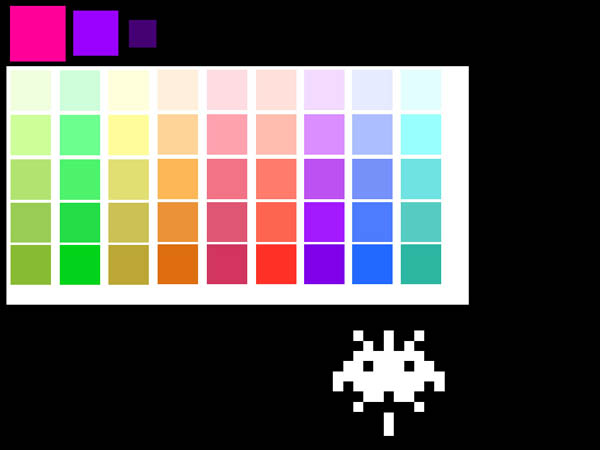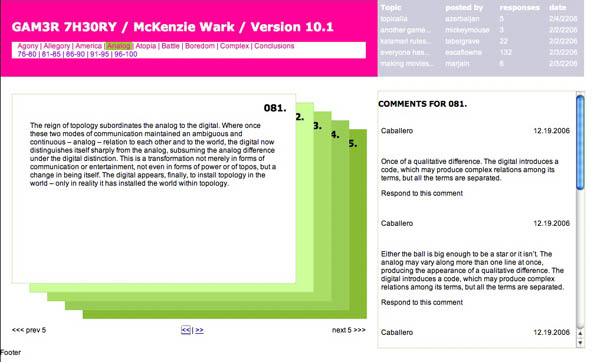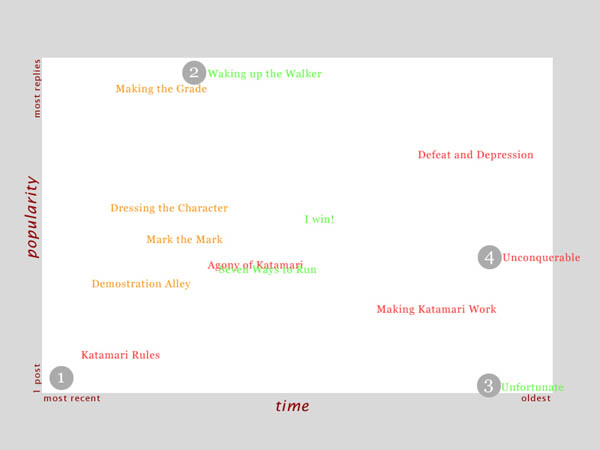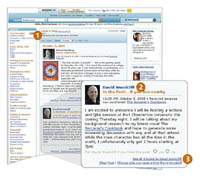 Farrar, Straus and Giroux have ventured into waters pretty much uncharted by a big commercial publisher, putting the entire text of one of their latest titles online in a form designed to be read inside a browser. “Pulse,” a sweeping, multi-disciplinary survey by Robert Frenay of “the new biology” — “the coming age of systems and machines inspired by living things” — is now available to readers serially via blog, RSS or email: two installments per day and once per day on weekends.
Farrar, Straus and Giroux have ventured into waters pretty much uncharted by a big commercial publisher, putting the entire text of one of their latest titles online in a form designed to be read inside a browser. “Pulse,” a sweeping, multi-disciplinary survey by Robert Frenay of “the new biology” — “the coming age of systems and machines inspired by living things” — is now available to readers serially via blog, RSS or email: two installments per day and once per day on weekends.
Naturally, our ears pricked up when we heard they were calling the thing a “networked book” — a concept we’ve been developing for the past year and a half, starting with Kim White’s original post here on “networked book/book as network.” Apparently, the site’s producer, Antony Van Couvering, had never come across if:book and our mad theories before another blogger drew the connection following Pulse’s launch last week. So this would seem to be a case of happy synergy. Let a hundred networked books bloom.
The site is nicely done, employing most of the standard blogger’s toolkit to wire the book into the online discourse: comments, outbound links (embedded by an official “linkologist”), tie-ins to social bookmarking sites, a linkroll to relevant blog carnivals etc. There are also a number of useful tools for exploring the book on-site: a tag cloud, a five-star rating system for individual entries, a full-text concordance, and various ways to filter posts by topic and popularity.
My one major criticism of the Pulse site is that the site is perhaps a little over-accessorized, the design informed less by the book’s inherent structure and themes than by a general enthusiasm for Web 2.0 tools. Pulse clearly was not written for serialization and does not always break down well into self-contained units, so is a blog the ideal reading environment or just the reading environment most readily at hand? Does the abundance of tools perhaps overcrowd the text and intimidate the reader? There has been very little reader commenting or rating activity so far.
But this could all be interpreted as a clever gambit: perhaps FSG is embracing the web with a good faith experiment in sharing and openness, and at the same time relying on the web’s present limitations as a reading interface (and the dribbling pace of syndication — they’ll be rolling this out until November 6) to ultimately drive readers back to the familiar print commodity. We’ll see if it works. In any event, this is an encouraging sign that publishers are beginning to broaden their horizons — light years ahead of what Harper Collins half-heartedly attempted a few months back with one of its more beleaguered titles.
I also applaud FSG for undertaking an experiment like this at a time when the most aggressive movements into online publishing have issued not from publishers but from the likes of Google and Amazon. No doubt, Googlezon’s encroachment into electronic publishing had something to do with FSG’s decision to go ahead with Pulse. Van Couvering urges publishers to take matters into their own hands and start making networked books:
Why get listed in a secondary index when you can be indexed in the primary search results page? Google has been pressuring publishers to make their books available through the Google Books program, arguing (basically) that they’ll get more play if people can search them. Fine, except Google may be getting the play. If you’re producing the content, better do it yourself (before someone else does it).
I hope tht Pulse is not just the lone canary in the coal mine but the first of many such exploratory projects.
Here’s something even more interesting. In a note to readers, Frenay talks about what he’d eventually like to do: make an “open source” version of the book online (incidentally, Yochai Benkler has just done something sort of along these lines with his new book, “The Wealth of Networks” — more on that soon):
At some point I’d like to experiment with putting the full text of Pulse online in a form that anyone can link into and modify, possibly with parallel texts or even by changing or adding to the wording of mine. I like the idea of collaborative texts. I also feel there’s value in the structure and insight that a single, deeply committed author can bring to a subject. So what I want to do is offer my text as an anchor for something that then grows to become its own unique creature. I like to imagine Pulse not just as the book I’ve worked so hard to write, but as a dynamic text that can continue expanding and updating in all directions, to encompass every aspect of this subject (which is also growing so rapidly).
This would come much closer to the networked book as we at the institute have imagined it: a book that evolves over time. It also chimes with Frenay’s theme of modeling technology after nature, repurposing the book as its own intellectual ecosystem. By contrast, the current serialized web version of Pulse is still very much a pre-network kind of book, its structure and substance frozen and non-negotiable; more an experiment in viral marketing than a genuine rethinking of the book model. Whether the open source phase of Pulse ever happens, we have yet to see.
But taking the book for a spin in cyberspace — attracting readers, generating buzz, injecting it into the conversation — is not at all a bad idea, especially in these transitional times when we are continually shifting back and forth between on and offline reading. This is not unlike what we are attempting to do with McKenzie Wark’s “Gamer Theory,” the latest draft of which we are publishing online next month. The web edition of Gamer Theory is designed to gather feedback and to record the conversations of readers, all of which could potentially influence and alter subsequent drafts. Like Pulse, Gamer Theory will eventually be a shelf-based book, but with our experiment we hope to make this networked draft a major stage in its growth, and to suggest what might lie ahead when the networked element is no longer just a version or a stage, but the book itself.











